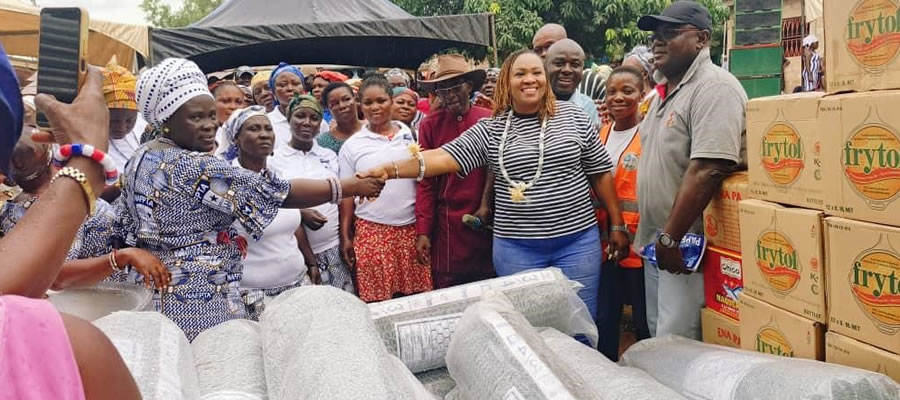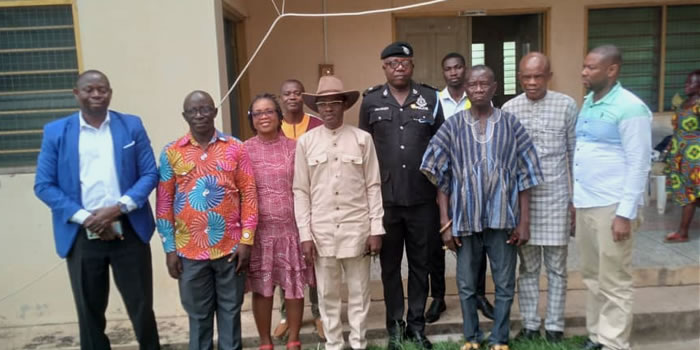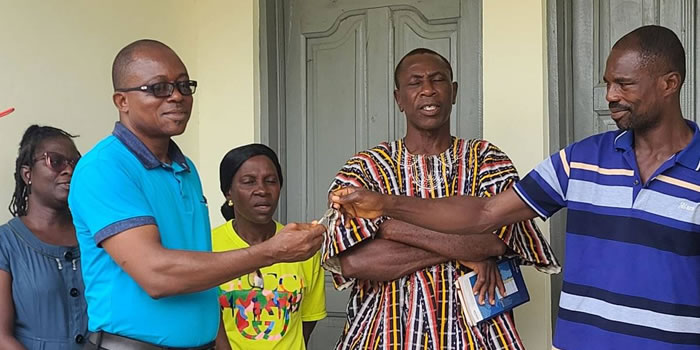

Climate
The climate of the District is tropical and is greatly influenced by the Southwest monsoons from the South Atlantic and dry harmattan winds from the Sahara. There are two rainy seasons, the major one from mid April to early July and the minor one from September to November. Over 50% of the total rain falls in the major season.
The average annual rainfall varies from 900mm to 1300mm. However, there are considerable variations in the onset, duration and intensity of the monthly rainfall. Generally, the rainfall is inadequate even during the major season for reliable production. Failures of the minor season rains have often been experienced.
Topography
The most conspicuous physical features of the South Dayi District are the Akwapim-Togo-Atakora ranges which form the eastern boundaries between South Dayi and Ho districts, south of latitude 3028’N. Scattered over the district are hills and ridges, which give the topography an undulating nature. Examples of these hills are at Tsatee, Akpato, Amekulotoe, Gleme and Abanyakoe. The topography makes land for building in most towns and large scale mechanized farming in the district a little difficult. However, the rolling hills combining with the serene view overlooking the Volta Lake at various locations in the District provide great potential for eco-tourism.
Soils
The major soil types in the District are the savanna ochrosols and ground water laterites. This is a sandy loam type of soil with local adaptation. But along the Volta alluvial silty loams predominate. Soils in the District are of low organic matter, low fertility and low moisture holding capacity. There is widespread soil erosion at various parts of the district.
Vegetation
The vegetation of the District is a mix of guinea woodland and deciduous forest. The savanna woodlands consist of grass with scattered trees including acacia, bamboos, and baobabs. These dots the Dayi basin. The semi deciduous forests are found on the slopes of the Akwapim-Togo-Atakora hills and the hills found at Tsate, Kpalime and Dzemeni areas. Much of the forests have however been lost due to lumbering and bad farming/bush burning practices. The ritual of annual bushfires is a major threat to vegetation cover which results in land degradation.
Drainage and Water Resources
The Volta Lake and other streams drain the District. The Volta Lake runs virtually along the whole of the western boundary. It provides a thriving fishing ground for communities along the lake. Dzemeni provides the major fish landing and marketing center in the district. The Volta Lake also provides opportunity for lake transport. In addition, it provides great potentials for water sports, aqua culture and tourism.
Land Tenure System
Land in the area is owned by families, and is managed by family heads. Any prospective developer contacts a particular family head for land. Under this system of land ownership, a piece of land belonging to a family is allocated to family members to cultivate without permanent individual ownership. There is also a system of share cropping and leasing of land to tenant farmers on agreed terms.
With such a system, land acquisition by investors for projects especially agricultural ventures where large tracks of land are required becomes problematic since the investor would find it very difficult to deal with the multiplicity of landlords to enable him acquire the required contiguous vast land. This situation is further worsened by the undulating topography, which limits the availability of such arable lands in the district.
Date Created : 11/23/2017 4:27:01 AM










 facebook
facebook
 twitter
twitter
 Youtube
Youtube
 +233 593 831 280
+233 593 831 280 0800 430 430
0800 430 430 GPS: GE-231-4383
GPS: GE-231-4383 info@ghanadistricts.com
info@ghanadistricts.com Box GP1044, Accra, Ghana
Box GP1044, Accra, Ghana